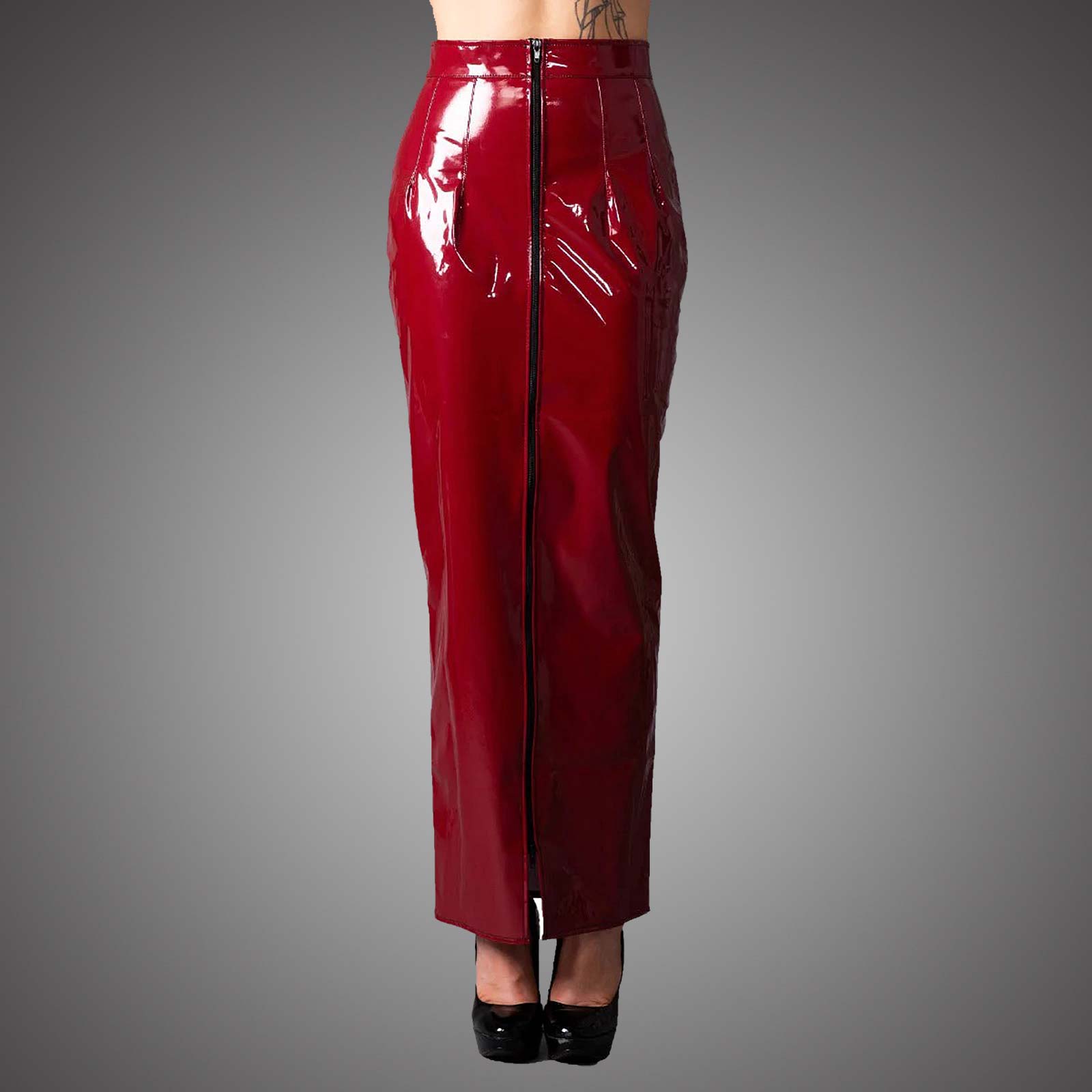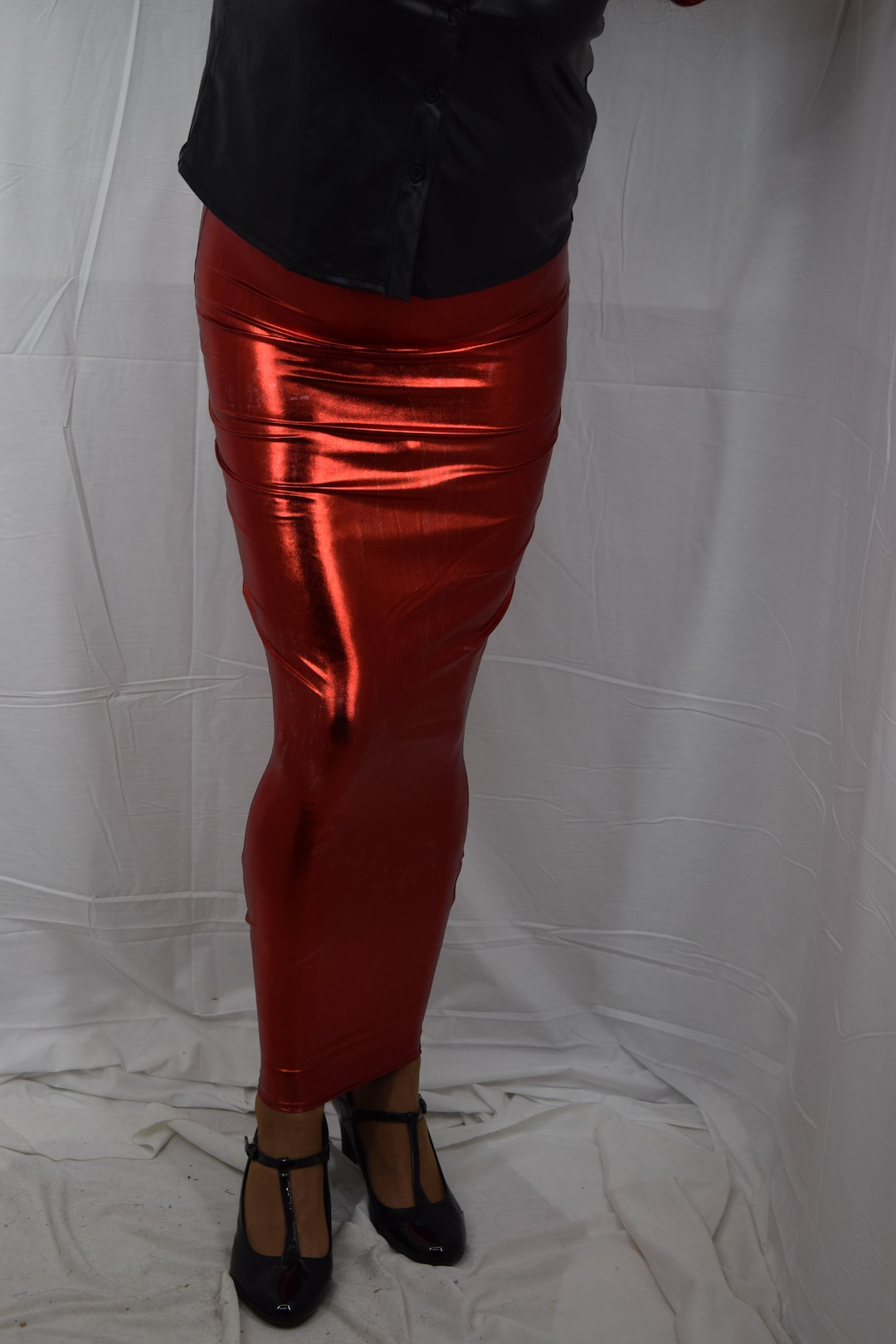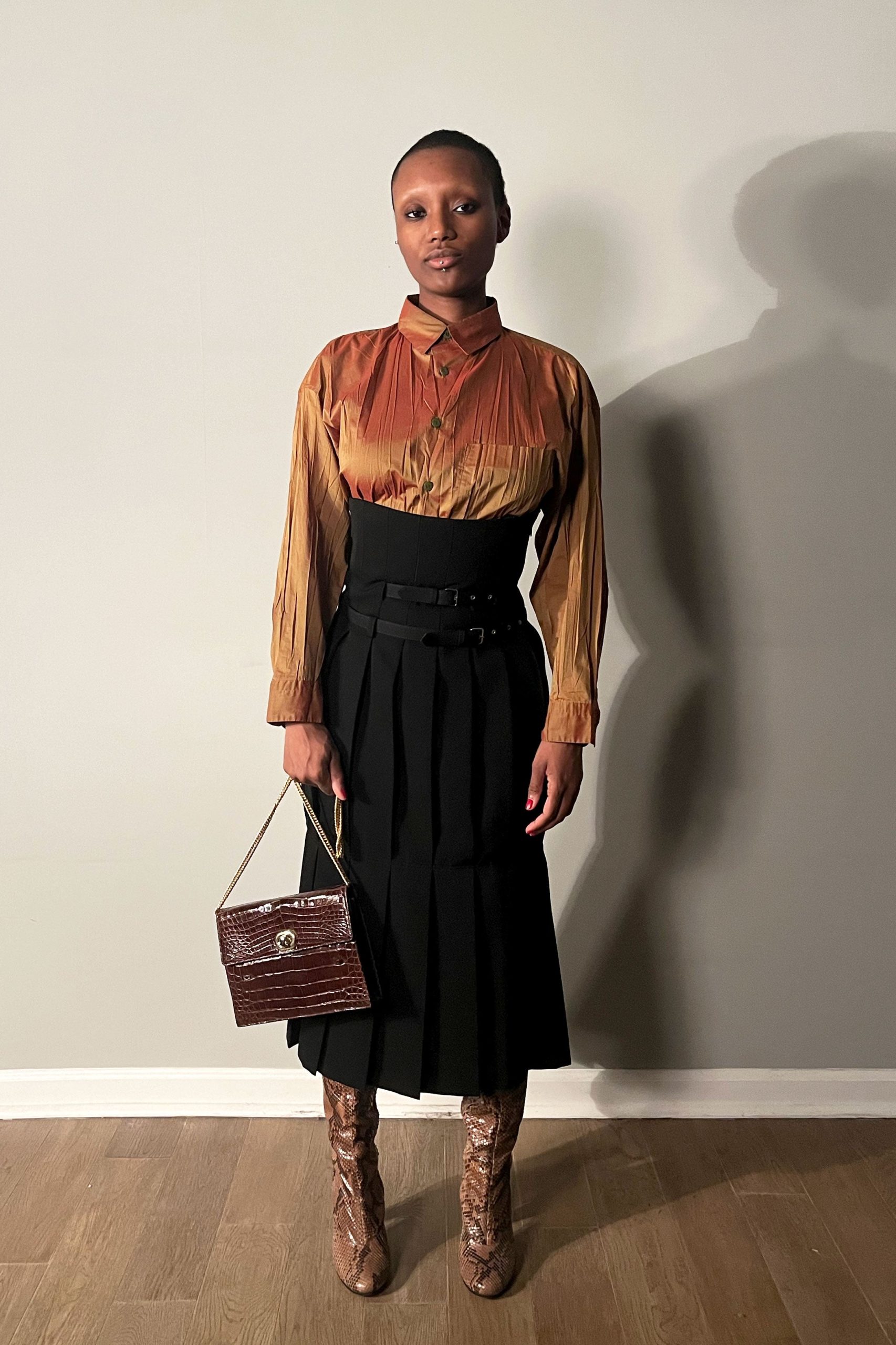Introduction
Explores a defining moment in the annals of fashion history when a unique garment not only reshaped women’s wardrobes but also challenged societal norms and perceptions of female mobility and freedom. The hobble skirt, with its distinctive narrow hem that restricted the wearer’s stride, emerged at the dawn of the 20th century, symbolizing a complex interplay of aesthetics, modernity, and controversy.

Origins and Design
The hobble skirt, first popularized around 1910, owes its inception to the innovative minds of French couturiers like Paul Poiret, who sought to break free from the constrictive corsets and voluminous skirts of the Belle Époque era. Inspired by the Orient and the fluid lines of ancient Greek drapery, Poiret designed the hobble skirt to mimic the elegance and grace of these ancient styles. Characterized by its slim, form-fitting silhouette that flared slightly at the hips before tapering dramatically towards the ankles, the skirt necessitated a modified walking style, giving the impression of a ‘hobbled’ gait.
Cultural Significance and Controversy
Beyond its aesthetic appeal, the hobble skirt became a symbol of female emancipation and restriction, paradoxically representing both liberation from the physical constraints of corsetry and a literal hindrance to free movement. Critics saw the skirt as a regression, symbolically shackling women at a time when suffrage movements were gaining momentum. However, proponents argued that it was a bold statement of fashion-forwardness and a rejection of Victorian-era conventions.
Impact on Women’s Lives
Practicality aside, the hobble skirt forced changes in women’s daily routines and necessitated the invention of aids to navigate the challenges it posed. Specialized hobble skirt clips allowed women to gather excess fabric, enabling freer movement, while hobble skirt extenders or ‘hobble aprons’ provided a modest solution for climbing stairs or entering vehicles. The skirt’s influence extended to architecture and design, with widened doorways and special ‘hobble skirt’ seats appearing in cars to accommodate the fashionable silhouette.
Fashion and Femininity Redefined
The hobble skirt’s popularity marked a pivotal shift in fashion, signaling the beginning of a new era that prioritized comfort and practicality alongside elegance. Its legacy can be seen in the subsequent emergence of the flapper dresses of the 1920s, which represented a complete rejection of constriction in favor of free-flowing, androgynous styles. However, the hobble skirt’s brief reign left a lasting impact on fashion design, inspiring future generations of designers to experiment with silhouettes and challenge societal expectations.
Influence on Popular Culture
The hobble skirt’s cultural impact extended beyond the fashion world, influencing art, literature, and even humor of the period. Satirical cartoons lampooned the impracticality of the garment, while it became a recurring motif in early cinema, often used for comedic effect or to denote a character’s fashion-consciousness or social status. Its iconic status was solidified through mentions in popular songs and literature of the time, cementing its place in the collective memory as a symbol of a particular moment in fashion history.
The Aftermath and Legacy
Despite its controversial nature and practical limitations, the hobble skirt had a profound and lasting influence on fashion design and women’s apparel. Its heyday may have been relatively short-lived, but its impact resonated through the decades that followed.
Paving the Way for Future Trends
The hobble skirt’s focus on a sleek, streamlined silhouette laid the groundwork for the emergence of other iconic styles in the following years. The tubular dresses of the 1920s, which further emphasized a straight, uncorseted figure, can be seen as a direct descendant of the hobble skirt’s form-following design. Moreover, it foreshadowed the pencil skirt of the 1940s and 1950s, which similarly hugged the body but allowed for greater mobility, indicating an ongoing fascination with tailored, formfitting garments that celebrate the feminine form.
Impact on Women’s Empowerment
Ironically, while initially criticized for restricting women’s movement, the hobble skirt also contributed to the gradual loosening of sartorial restrictions. Its popularity marked a turning point in women’s fashion, as it shifted focus away from the waist-cinching corsets to a more relaxed fit that celebrated natural body shapes. This transition was part of a broader societal shift towards recognizing women’s autonomy and their desire for comfort and practicality in their attire, ultimately contributing to the broader women’s rights movement.
In Fashion Education and Historiography
In academic circles and fashion schools, the hobble skirt serves as a crucial case study in understanding the dynamics of fashion evolution, societal change, and the interplay between aesthetics and function. It is frequently discussed as an example of how fashion can both reflect and challenge societal norms, demonstrating the power of design to spark cultural discourse and influence societal attitudes.
Revivals and Homages
Even in contemporary fashion, echoes of the hobble skirt can be spotted, as designers periodically revisit and reinterpret historical styles. High-fashion runways have occasionally showcased modern takes on the hobble skirt, often incorporating new materials and techniques that reconcile its restrictive nature with contemporary sensibilities. These homages serve as a reminder of the enduring allure and relevance of historical fashion, and how the past can inform and enrich present-day creativity.
Conclusion
The hobble skirt’s story is a testament to fashion’s power as a cultural barometer, reflecting and influencing societal attitudes and changes. More than a mere trend, it sparked debates about women’s roles, freedom, and the interplay between style and functionality. As we revisit “Fashion Revolution: The Iconic Hobble Skirt and Its Impact on Early 20th Century Style,” it serves as a reminder of how clothing can both reflect and shape cultural narratives, leaving an indelible mark on history.
The hobble skirt’s place in fashion history is not just a tale of a peculiar garment but a reflection of the complex social, cultural, and aesthetic transformations of the early 20th century. Its story underscores how fashion, far from being superficial, can be a powerful agent of change, challenging norms, reflecting societal tensions, and ultimately, contributing to the ongoing evolution of gender roles and identities. As we continue to explore “Fashion Revolution: The Iconic Hobble Skirt and Its Impact on Early 20th Century Style,” we gain insights not only into the past but also into the ever-evolving dynamics of style, culture, and human expression.




